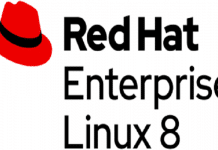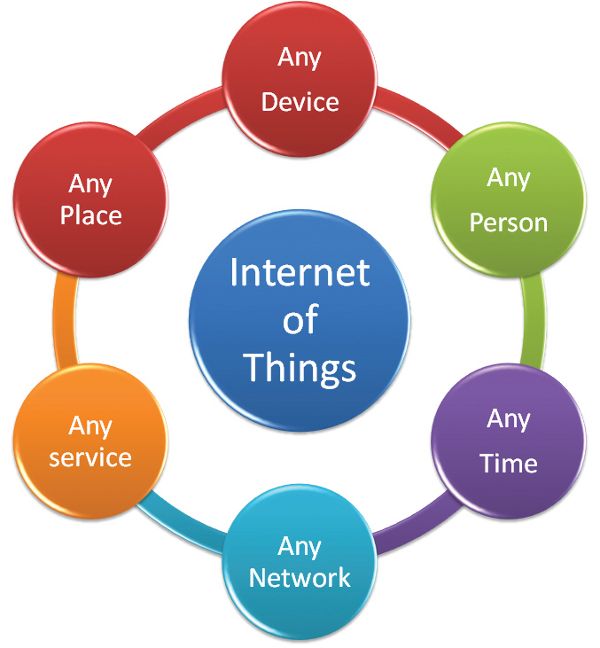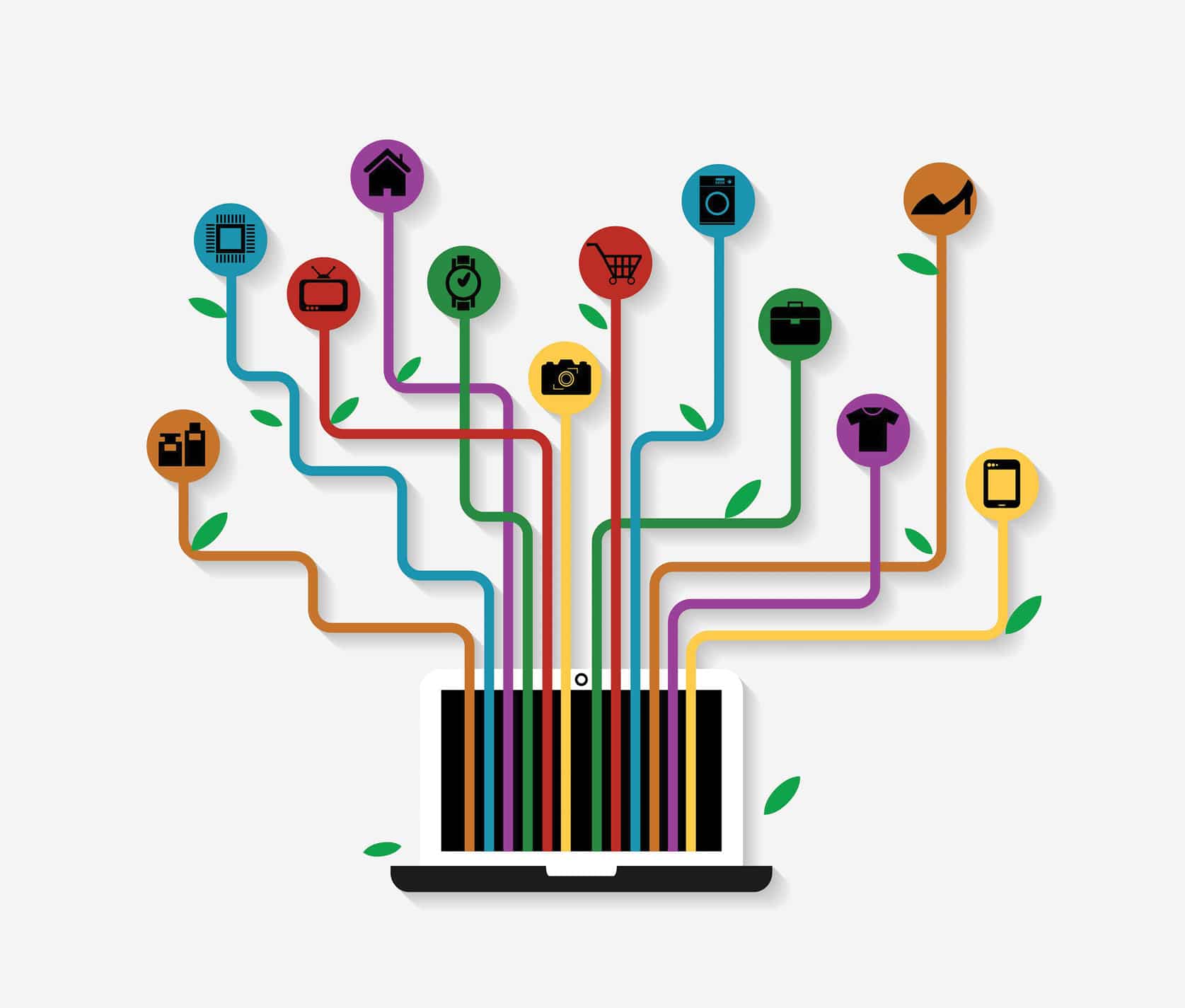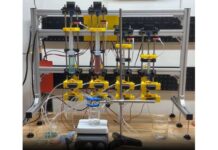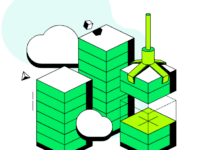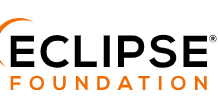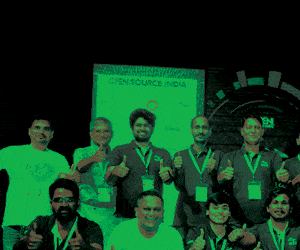We delve into the mechanics of medallion architecture, its relevance in the development of agentic AI solutions in partnership with Microsoft Autogen, and its usefulness in the domains of banking and financial services.
In the rapidly evolving world of artificial intelligence (AI), the ability to create robust, scalable, and efficient solutions is paramount. One such architectural approach that has gained traction is the medallion architecture, especially when developing agentic AI solutions using platforms like Microsoft Autogen.
Microsoft Autogen is an open source sophisticated framework that streamlines the development of AI agents. These agents aren’t just any bots; they are designed to mimic human behaviour and decision-making processes. Imagine an AI that can understand context, learn from interactions, and respond in a way that feels almost human. That’s the magic of agentic AI, and Autogen is at the heart of making it a reality.
A standout feature of Autogen is its ability to create AI agents that can adapt and evolve. This means they aren’t stuck with a rigid set of instructions. Instead, they learn and grow from each interaction, becoming more efficient and effective over time. Think of it as employees who get better at their job the more they do it.
Moreover, Autogen makes it easier for developers to build these sophisticated agents. The framework provides a robust set of tools and resources, cutting down on the time and complexity usually associated with AI development. This is a game-changer, especially for businesses looking to integrate advanced AI into their operations without a massive investment in time or resources.
What makes Autogen truly special is its user-friendly nature. Microsoft has designed it to be accessible even to those who may not be AI experts. This democratisation of AI technology means more people can participate in creating intelligent solutions, fostering innovation across various industries.
In short, Microsoft Autogen is paving the way for more intuitive and adaptive AI solutions. By simplifying the development process and enabling the creation of more human-like agents, it’s helping to bring the future of AI closer to our everyday lives.

Understanding medallion architecture
Medallion architecture is a layered approach to data engineering, designed to optimise data quality and governance. It typically involves three layers.
Bronze layer
This is the raw data layer where data is ingested in its original format. It serves as the foundation, storing data from various sources without any transformations.
Silver layer
In this layer, data undergoes processing and cleaning. It involves deduplication, normalisation, and validation, ensuring that the data is reliable and usable for further analysis.
Gold layer
This is the final layer, where data is refined and enriched to support advanced analytics and machine learning models. This layer provides high-quality, actionable insights tailored to specific business needs.
This innovative framework can significantly enhance the capabilities of agentic AI solutions, particularly in the financial sector.
Practical use cases in the financial sector
Banking
In the banking sector, medallion architecture can be leveraged to enhance customer service through AI-driven chatbots and virtual assistants. By utilising the bronze layer, raw transactional data can be ingested. The silver layer processes this data to identify patterns, such as frequent transactions or potential fraud. Finally, the gold layer refines this information to provide personalised financial advice and real-time alerts to customers.
Financial services
Financial services can benefit from agentic AI in portfolio management. The bronze layer ingests raw data from stock markets, news feeds, and social media. The silver layer processes this data to filter out noise and normalise disparate datasets. The gold layer uses this refined data to generate insights on market trends and investment opportunities, allowing AI agents to offer customised portfolio recommendations.
Securities
In the securities sector, medallion architecture aids in regulatory compliance and risk management. Raw data from trading systems and regulatory filings is ingested into the bronze layer. The silver layer cleans and validates this data to ensure it meets compliance standards. In the gold layer, AI agents analyse this data to detect anomalies and ensure adherence to regulations, thus mitigating risk.
Capital markets
For capital markets, real-time data processing is crucial. The bronze layer captures real-time trading data. The silver layer processes this data to identify patterns and anomalies, such as unusual trading volumes. In the gold layer, AI agents use this information to predict market movements and inform trading strategies, enhancing decision-making accuracy.
Insurance
In the insurance industry, agentic AI can revolutionise claims processing and fraud detection. The bronze layer ingests raw claims data and policyholder information. The silver layer processes this data to identify inconsistencies and validate claims. In the gold layer, AI agents use the refined data to automate claims processing and flag potential fraudulent activities, improving operational efficiency and reducing costs.
The medallion architecture in Microsoft Autogen offers a robust framework for data-driven decision-making. Its layered approach not only enhances the performance of AI agents but also drives innovation and efficiency across the financial sector.
By embracing medallion architecture, organisations can unlock the full potential of agentic AI, paving the way for smarter, more responsive, and resilient business operations. The future of finance is data-driven, and medallion architecture is a crucial step towards realising this vision.
















































